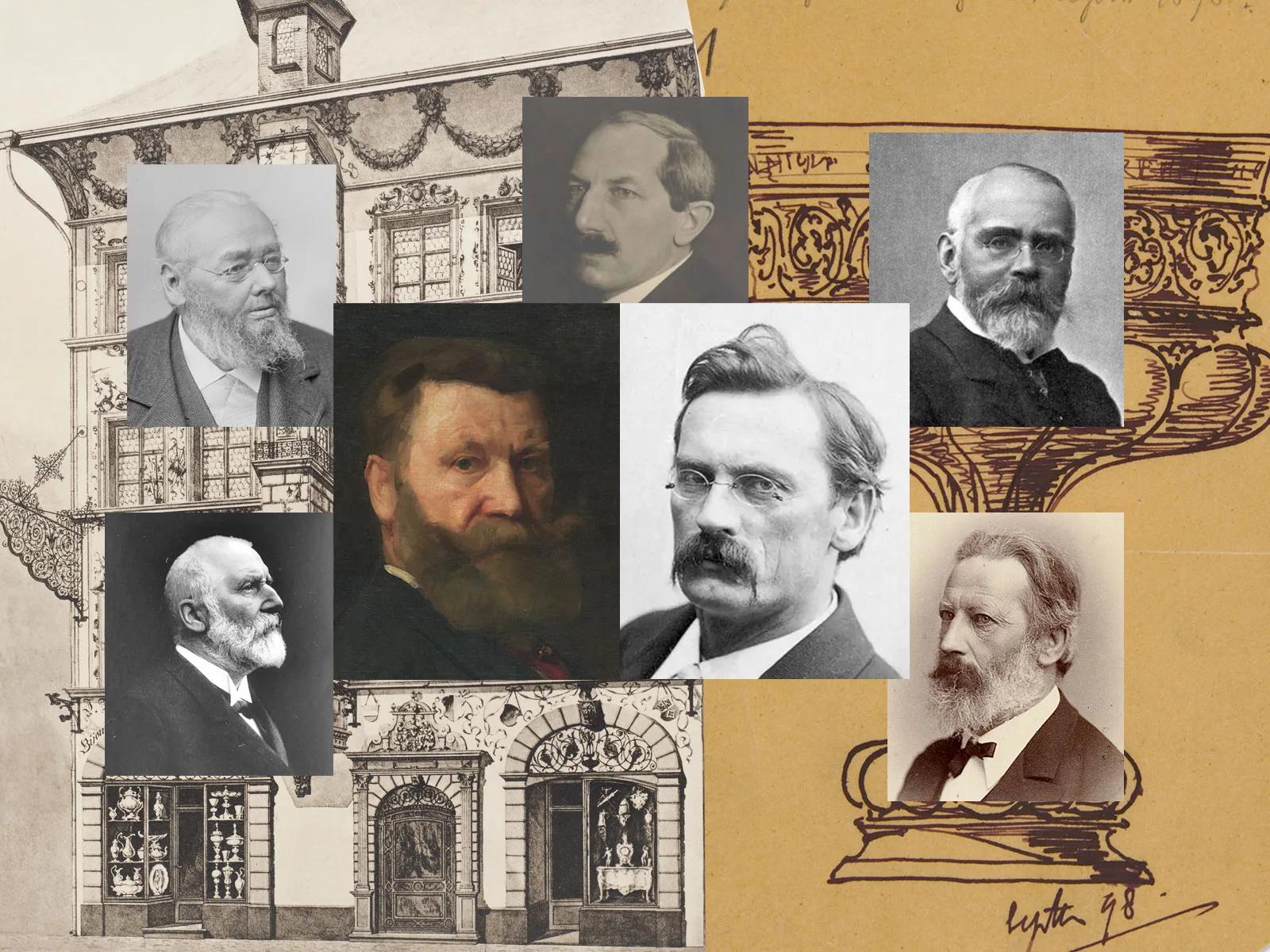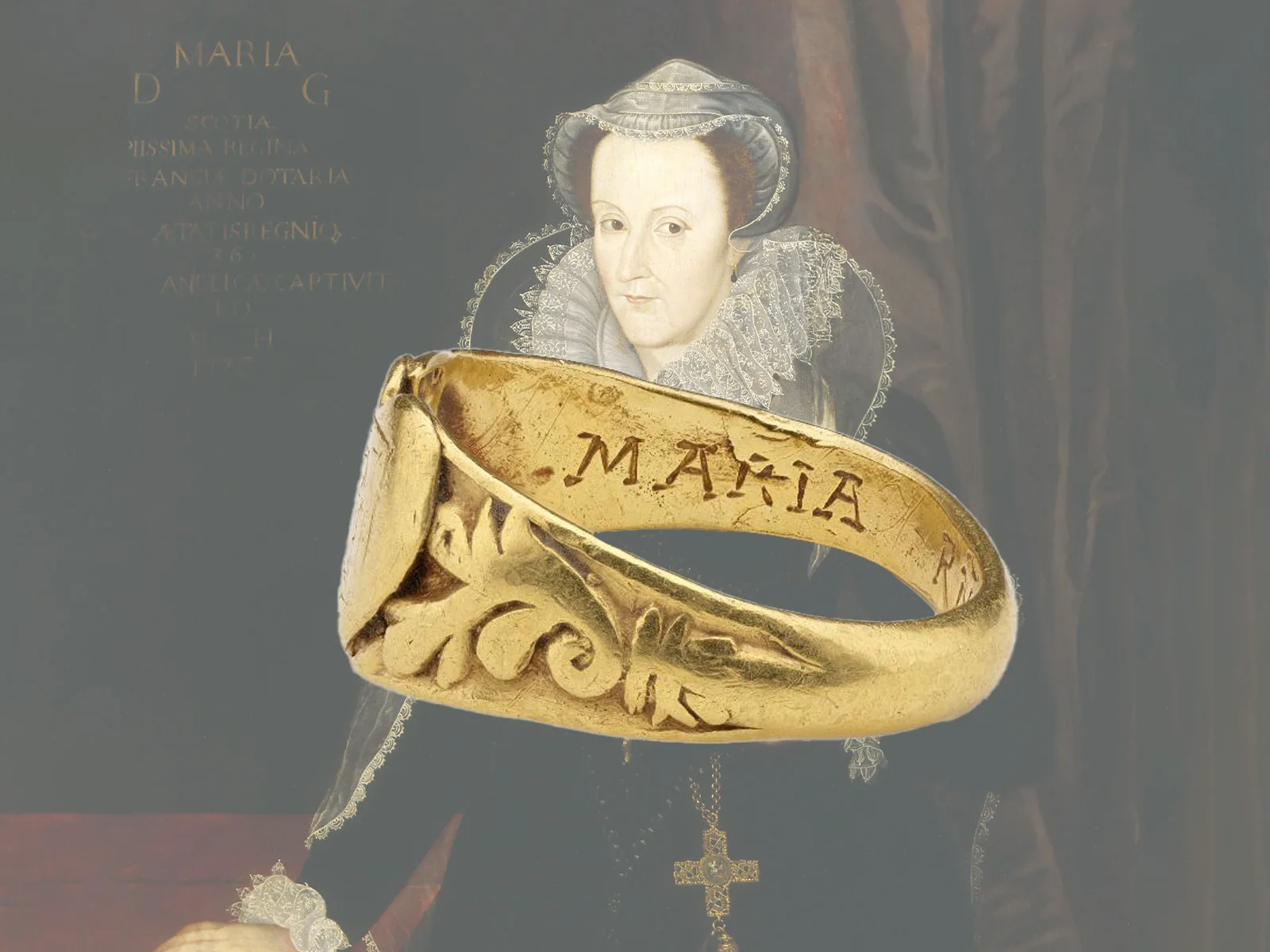Jewellery in motion
Jewellery does not have to be static. The jewellery artist Friedrich Becker was also of this opinion and created fascinating pieces of jewellery with moving parts. Some of them found their way into the collection of the Swiss National Museum.
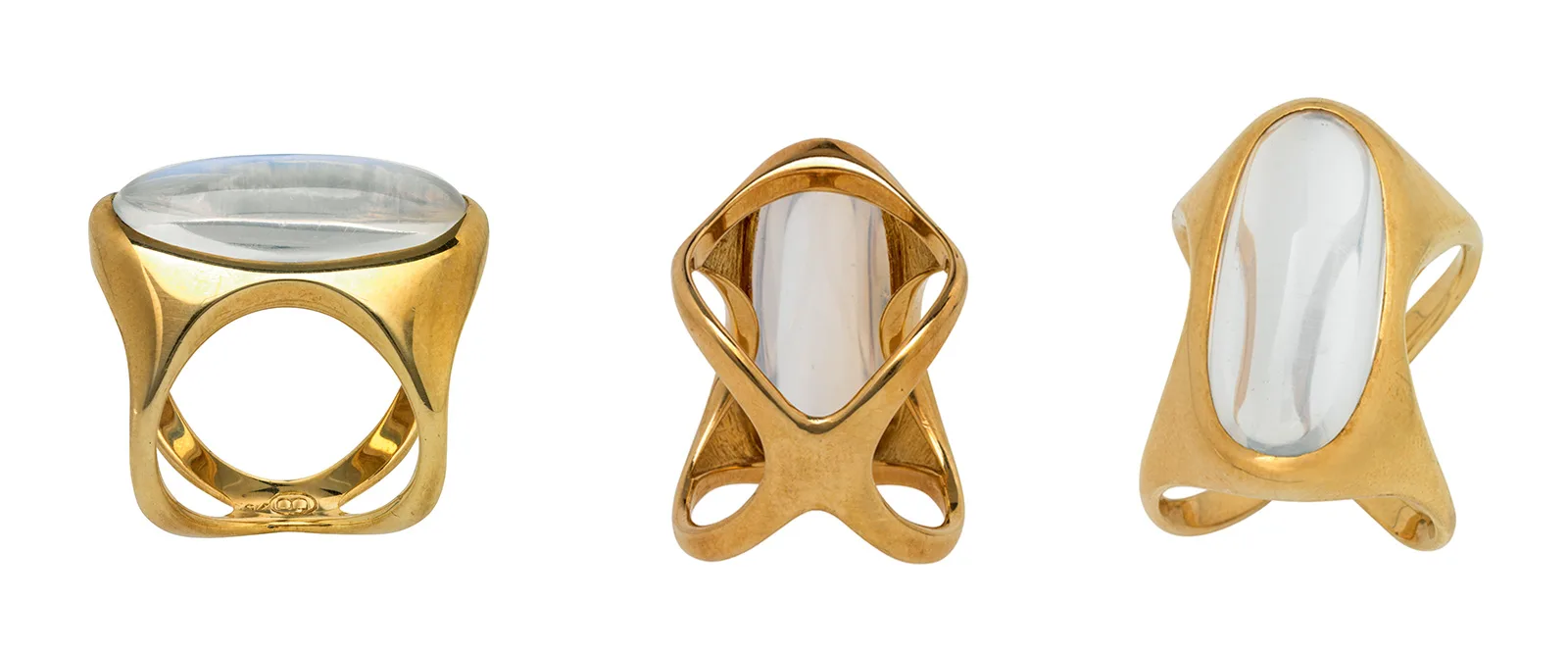
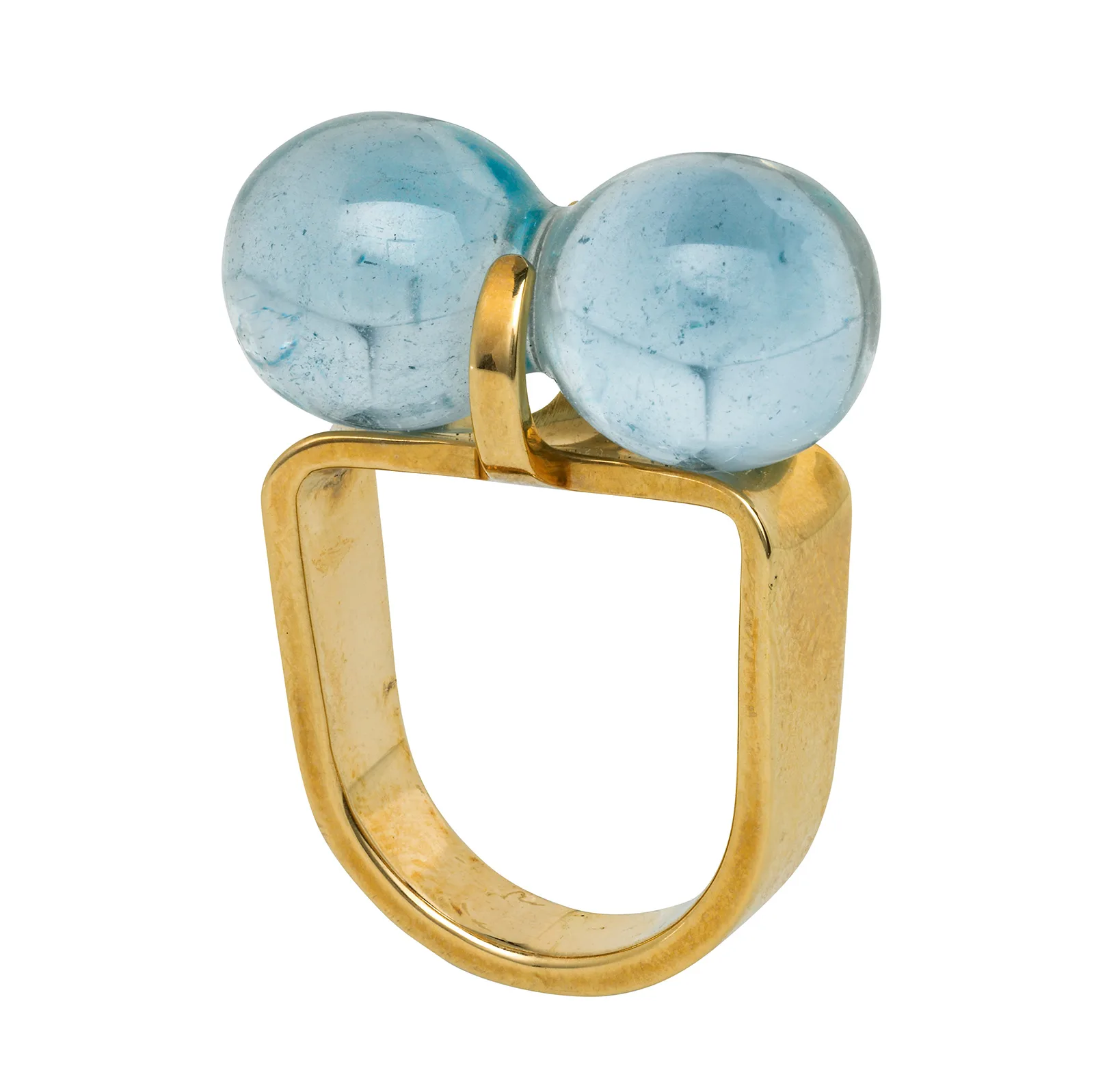
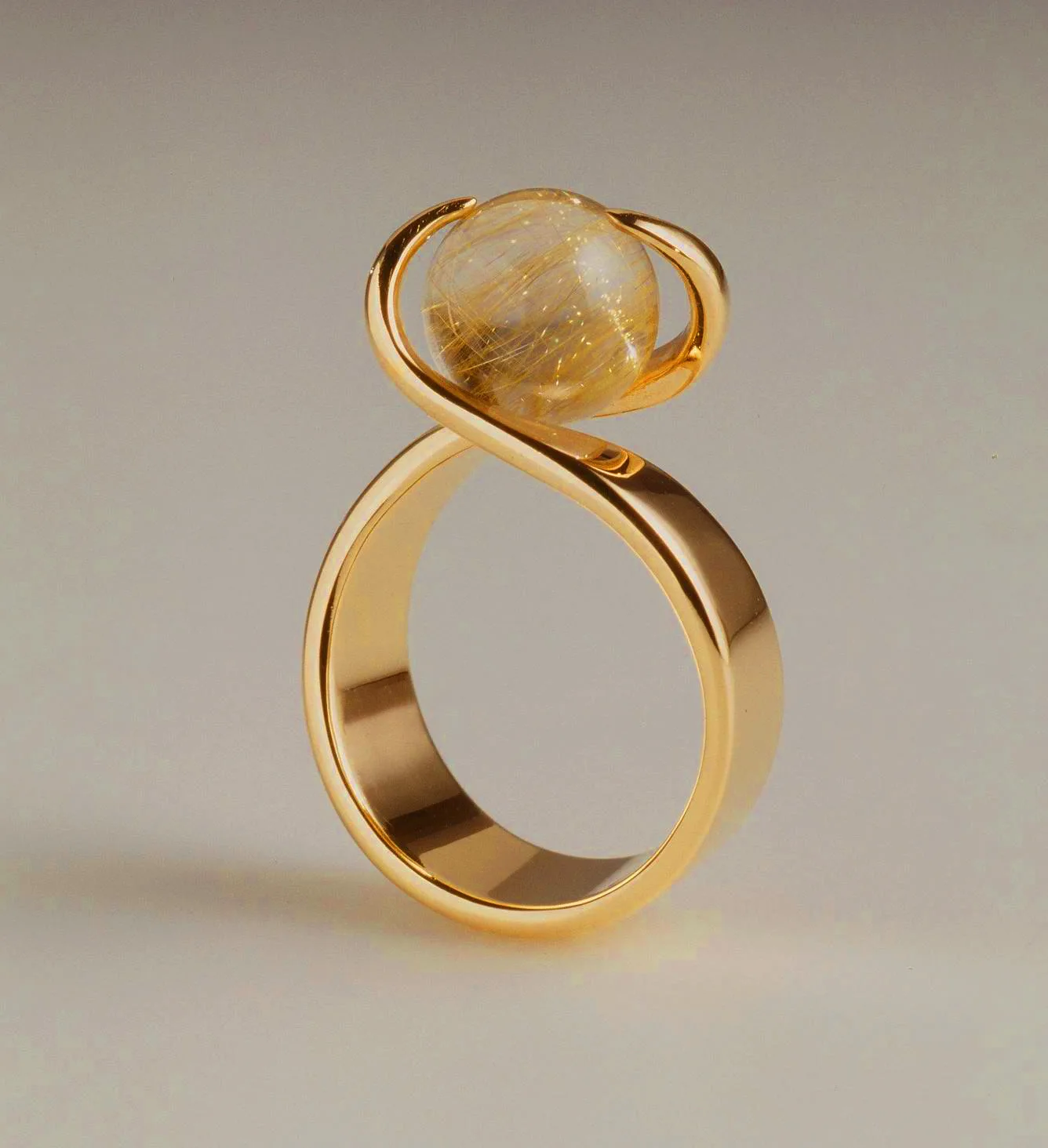
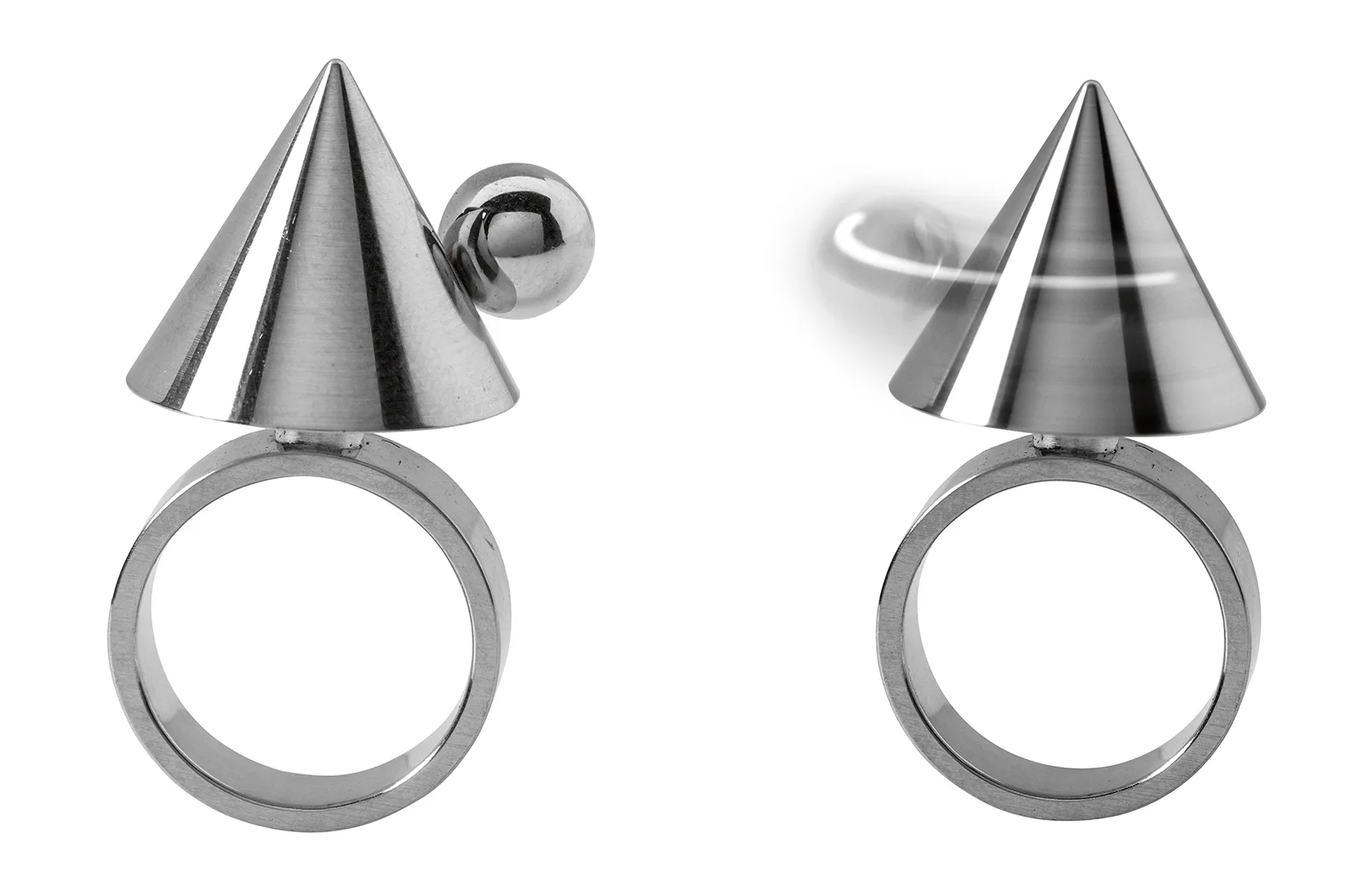
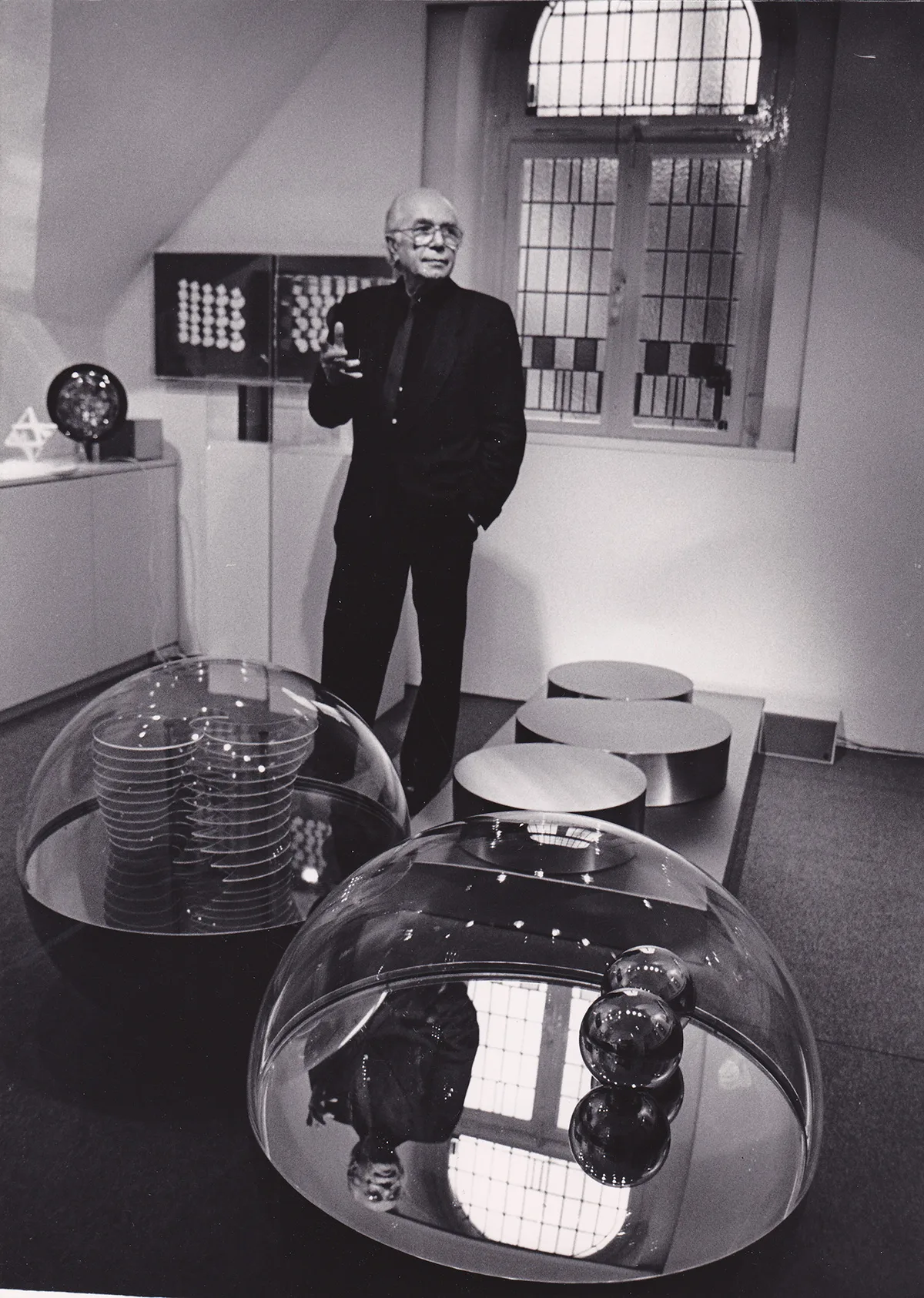
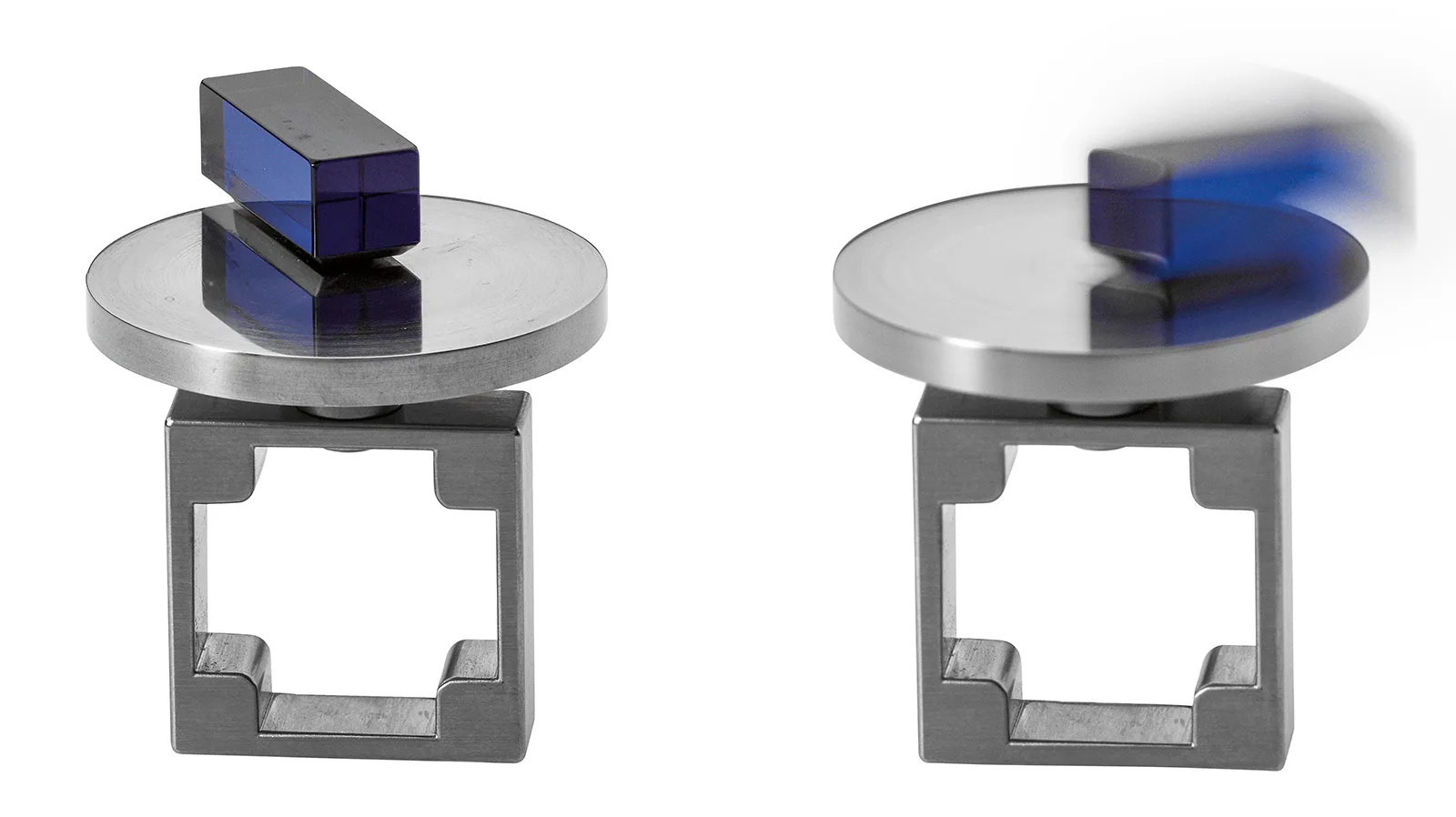
Friedrich Becker's jewellery in motion. Dorotheum / YouTube
The collection
The exhibition showcases more than 7,000 exhibits from the Museum’s own collection, highlighting Swiss artistry and craftsmanship over a period of about 1,000 years. The exhibition spaces themselves are important witnesses to contemporary history, and tie in with the objects displayed to create a historically dense atmosphere that allows visitors to immerse themselves deeply in the past.

